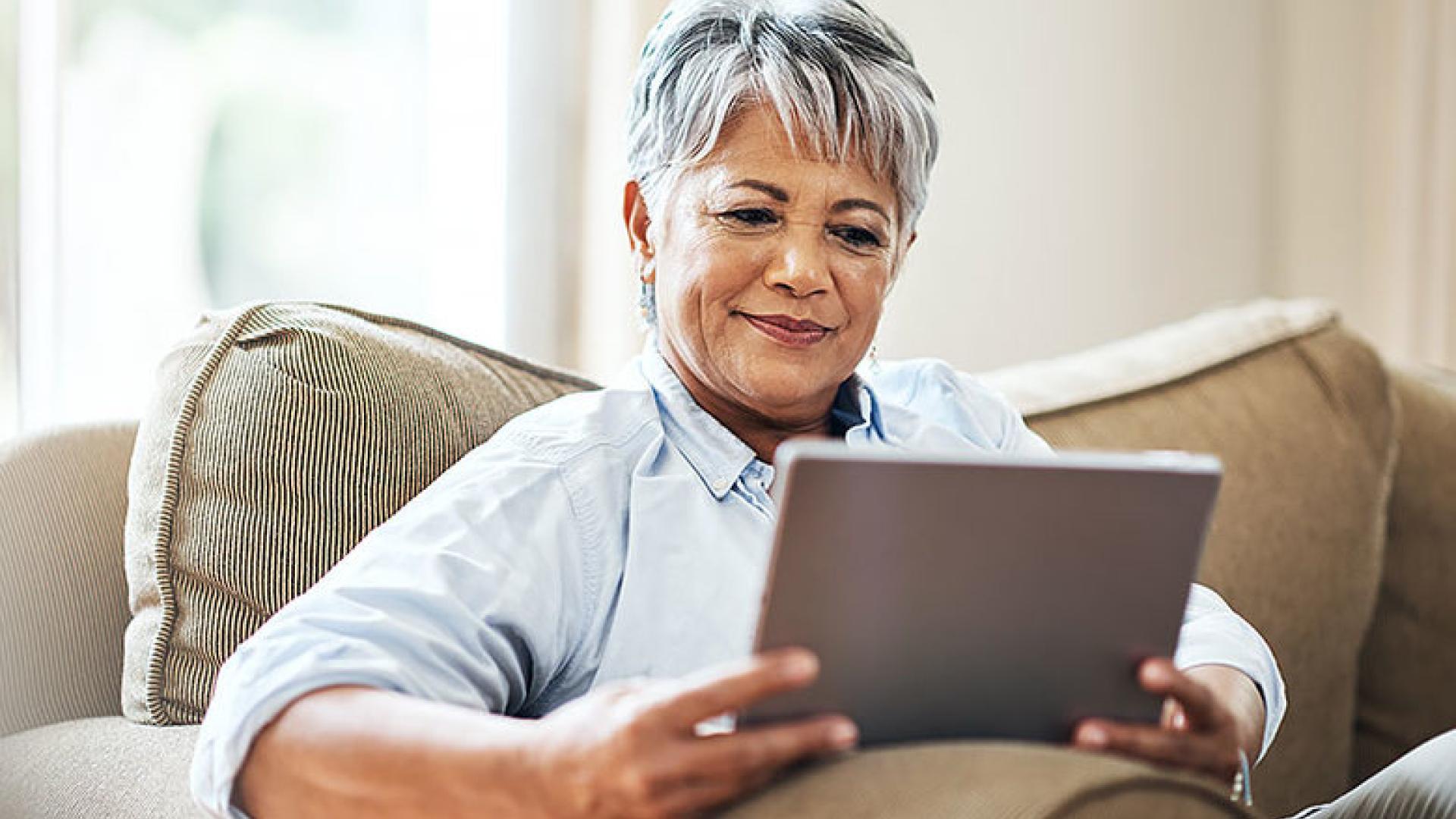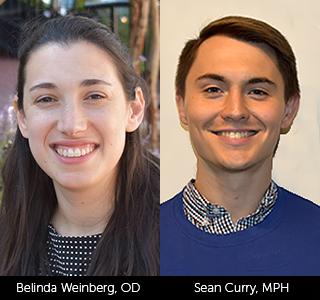Low Vision Services and AMD: Getting the Help You Need
Written By: BrightFocus Editorial Staff
Written By: BrightFocus Editorial Staff

Technology today makes living with low vision easier, experts say.
On a recent BrightFocus Chat, experts from Prevention of Blindness Society of Metropolitan Washington (POB) offered suggestions for how persons living with age-related macular degeneration can get assistance to help with daily life, particularly in a time of new technologies.
Below are excerpts of a conversation between BrightFocus Foundation and Sean Curry, a POB program coordinator, and Belinda Weinberg, OD, a low vision specialist working at one of POB’s low vision centers.

Weinberg: Low vision refers to when someone has a vision loss that cannot be improved with conventional glasses, contact lenses, medical treatment, or surgery.
Legal blindness refers to a very specific definition, meaning that you can see 20/200 or nothing better than 20/200 of vision. This qualifies you for certain programs – either state-wide or federal. But you can have low vision without being legally blind, because even mild or moderate vision loss that may not have reached the legal blindness criteria can impact people’s day-to-day life.
Curry: A lot of the time there’s a huge disconnect [for the patient] because you’re afraid to admit that you have a problem, or you’re in denial that there really is an issue. And even when you do accept it, at first you have no idea how to communicate that with even loved ones, let alone the medical community.
Whenever you go to the doctor, ask your significant other or loved one or a friend to come with you, because not only is it going to reinforce the fact that you’re getting the information that you need to know and you’re asking questions that you need to ask, but it’s also providing the opportunity for your loved one or others to really understand where your vision is.
A lot of times at support group meetings someone will say, “I’m really afraid that I’m going to go blind, and I’m going to let everyone down,” and a lot of the times there’s another group member there that will almost immediately kind of take them under their wing and just say, “It’s tough. It’s not the end of the world. You can still do this, you can still do that, and here’s how.”
Curry: The technology today makes living with low vision easier. Many people have iPhones now, and there are so many free different applications that you can use and learn how to use. There’s even VoiceOver, which is made for people who are totally blind to be able to use your iPhone with no problem at all.
Weinberg: Luckily devices today come out of the package with a lot of accessibility features to them. I think there are a lot of ways for people to continue working, to continue reading, doing all the things that they want to and like to do with the use of this technology.
Technology is definitely changing the game for the better, and I think awareness is increasing as well. We want to make the whole world more accessible.
View the full transcript of the BrightFocus Chat with Mr. Curry and Dr. Weinberg.
BrightFocus Foundation is a premier global nonprofit funder of research to defeat Alzheimer’s, macular degeneration, and glaucoma. Since its inception more than 50 years ago, BrightFocus and its flagship research programs—Alzheimer’s Disease Research, Macular Degeneration Research, and National Glaucoma Research—has awarded more than $300 million in research grants to scientists around the world, catalyzing thousands of scientific breakthroughs, life-enhancing treatments, and diagnostic tools. We also share the latest research findings, expert information, and resources to empower the millions impacted by these devastating diseases. Learn more at brightfocus.org.
Disclaimer: The information provided here is a public service of BrightFocus Foundation and is not intended to constitute medical advice. Please consult your physician for personalized medical, dietary, and/or exercise advice. Any medications or supplements should only be taken under medical supervision. BrightFocus Foundation does not endorse any medical products or therapies.
Help Fight Macular Degeneration and Save Sight
Your donation helps fund critical research to bring us closer to a cure for this sight-stealing disease and provide vital information to the public.
Donate Today